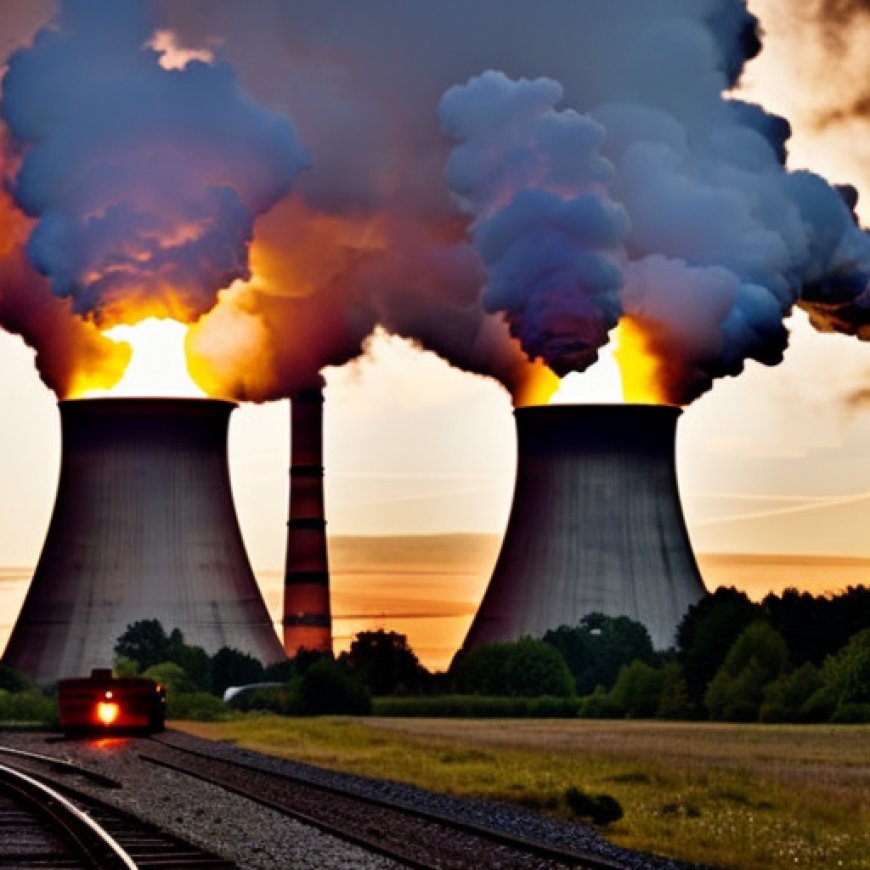An era comes to an end: Last piece of coal fired at Oberkirch combined heat and power plant


Last piece of coal burns at Koehler power plant after 38 years
Power plant stops right on schedule; backup power system is activated
Conversion to biomass slated for completion by September 2024
At its Oberkirch site, the Koehler Group is investing in the expansion and conversion of its power plant in order to use environmentally friendly biomass as fuel. And now that the last piece of coal has burned at the plant, the large-scale project has reached another milestone. More than 150,000 metric tons of direct fossil CO₂ emissions will be cut per year at the Oberkirch site as a result of the switch to biomass.
Koehler power plant scheduled to be decarbonized
Converting the combined heat and power plant from hard coal to biomass requires extensive conversion work. Now that Biomass Receiving Area 1 and four new silos have been completed, the material handling equipment and the conveying path from the silos to the power plant are being worked on. In addition, building services are being installed at Biomass Receiving Area 2. This new material handling equipment will be used to transfer biomass to the boiler inside the power plant in the future.
Coal is now a thing of the past in Oberkirch
The large-scale project hit another milestone in the beginning of June: After 38 years, the last piece of coal was burned at the Oberkirch combined heat and power plant. The power plant is now stopped, and extensive overhauling and conversion work for switching over to biomass fuel has been going full speed ahead since June 10th.
Now that the gas supply system has been completed and the cold reserve has been successfully switched over to dual-fuel burning, the new emergency generator has been put into operation as well. This ensures that the Koehler plant in Oberkirch will continue to be powered until the conversion work at the combined heat and power plant is done.
The commissioning and testing phase will start in mid-August, and the power plant should run on environmentally friendly biomass starting in October. Koehler Group CEO Kai Furler explains: “For us, decarbonization of our coal-fired power plant in Oberkirch is another crucial step in our efforts to achieve our climate goals and produce more renewable energy than we need for our paper production operations starting in 2030.”
Contact Information
Alexander M. Stöckle Corporate Director Marketing & Communications Press Spokesperson Koehler Holding SE & Co. KG Tel: +49 7802 81-4749 Fax: +49 7802 81-5749 mailto:alexander.stoeckle@koehler.com
SDGs, Targets, and Indicators Analysis
1. Which SDGs are addressed or connected to the issues highlighted in the article?
- SDG 7: Affordable and Clean Energy
- SDG 13: Climate Action
The article discusses the expansion and conversion of the power plant to use environmentally friendly biomass as fuel. This aligns with SDG 7, which aims to ensure access to affordable, reliable, sustainable, and modern energy for all. Additionally, the switch from coal to biomass will result in a significant reduction in direct fossil CO₂ emissions, contributing to SDG 13’s target of combating climate change and its impacts.
2. What specific targets under those SDGs can be identified based on the article’s content?
- SDG 7.2: Increase substantially the share of renewable energy in the global energy mix
- SDG 13.2: Integrate climate change measures into national policies, strategies, and planning
The article mentions the conversion of the power plant from coal to biomass, which represents an increase in the share of renewable energy in the energy mix, addressing SDG 7.2. Additionally, the switch to biomass is part of a larger effort to decarbonize the power plant, demonstrating the integration of climate change measures into the company’s strategy and planning, aligning with SDG 13.2.
3. Are there any indicators mentioned or implied in the article that can be used to measure progress towards the identified targets?
Yes, there are indicators mentioned in the article that can be used to measure progress towards the identified targets:
- Reduction in metric tons of direct fossil CO₂ emissions per year
- Percentage increase in the share of renewable energy in the energy mix
The article states that the switch to biomass will result in a reduction of more than 150,000 metric tons of direct fossil CO₂ emissions per year. This can be used as an indicator to measure progress towards SDG 13.2. Additionally, the conversion of the power plant from coal to biomass represents an increase in the share of renewable energy in the energy mix, which can be measured as a percentage increase and used as an indicator for SDG 7.2.
4. Table: SDGs, Targets, and Indicators
| SDGs | Targets | Indicators |
|---|---|---|
| SDG 7: Affordable and Clean Energy | Increase substantially the share of renewable energy in the global energy mix (7.2) | Percentage increase in the share of renewable energy in the energy mix |
| SDG 13: Climate Action | Integrate climate change measures into national policies, strategies, and planning (13.2) | Reduction in metric tons of direct fossil CO₂ emissions per year |
Source: presseportal.de








